The Article
UPGRADING YOUR TURNTABLE: Why Not Start With the Cartridge?
1st December 2016
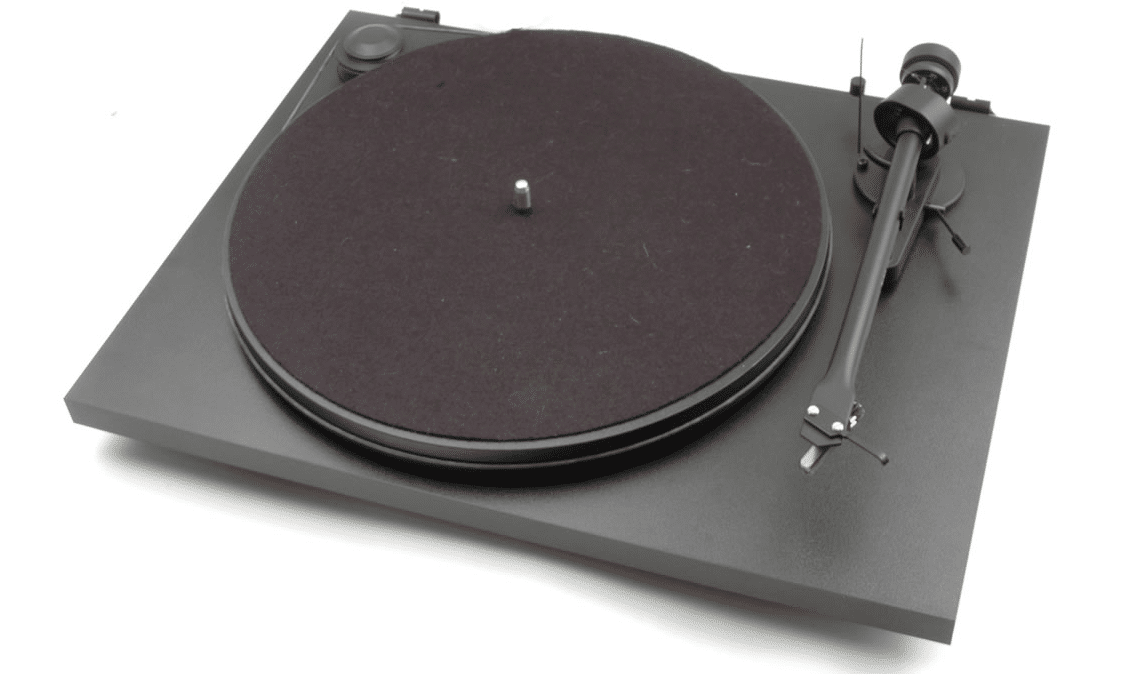
For analogue fans, says Paul Rigby, upgrading your hi-fi doesn’t have to mean replacing your turntable…well, not all of it, at any rate
The opinion might have become stronger since vinyl entered its relatively recent renaissance period but there is a school of thought that, if you want to improve the sound quality of your analogue chain, you upgrade your turntable.
This is, of course, a valid option and, for many, a perfectly reasonable plan. Improving the quality of your source will, ultimately, enhance the sound quality of your entire hi-fi. You’re also right to look at the turntable as the first and main target when looking to improve your hifi chain’s sonics. After all, this is where your music begins. Get it wrong here and no amplifier or speakers, no matter how much they cost, will help to improve fatal turntable-derived mistakes. If your turntable is producing sub-standard sound quality then your amp and speakers might change the tone here and there but that quality will not improve. So, yes, the turntable is the first port of call when looking to upgrade.
But do you actually need to change the turntable? Is there a way to enhance the quality of the sound without spending out a lot of money on a new deck? Some of us are lucky enough to do just that. Your £300 turntable not good enough? Upgrade to a £1,000 model…and then a £3,000 model…and then a £10,000 design. Lovely. If you can afford it. Trouble is, most of us have financial commitments that pull our meagre budget in 20 different directions all at once, so such a luxurious upgrade path is but a fantasy.
There are other ways and other means aren’t there? Well, yes, there are. For example, you can improve the quality of the turntable’s arm and change that. A great idea but one that can be a excessively costly and, if you’re not particularly confident in technical terms, might prove a rather daunting prospect.
How about isolation? That is, placing some vibration-absorbing sorbothane feet under the deck? Yep, good idea and one that will help the sonics and can be done very cheaply indeed. The sonic improvements will be good but can you do even better? Sound improvements that offer big bangs for the buck but don’t require a degree in engineering to complete? Hmmm, swivel your eyes over to the cartridge, hanging off the end of your turntable’s arm. It’s a prime place to begin your sonic improvements and to do so at a relatively low cost. And in two ways. Firstly, you can change that cartridge and put a better quality model in that arm. That alone will improve the sound quality all ‘round. There’s another option too, if your cartridge will allow it (and not all will), you could also possibly upgrade the actual stylus to improve the sound quality.
So, let’s give it a go and see what happens. I’m going to take a popular low-cost deck, the Pro-Ject Essentials II turntable, which arrives with a built in Ortofon OM5e cartridge (basic but of good quality) that retails for around £199. I’m then going to upgrade the cartridge and, hence, the overall sound emerging from the turntable, by replacing the cartridge with an Ortofon 2M Red cartridge for £89. Well, I hope that the sound will improve, we’ll have to see, of course. What I will do is to report the differences between the two cartridges and tell you what you get for your money.
After that, I’m going to replace the 2M Red stylus with a 2M Blue stylus (£130). This is a nice little upgrade path offered by Ortofon which means that you don’t have to buy the next cartridge model up the ladder (the 2M Blue) off the shelf for a whopping £175. As both cartridges share the same body, replacing the 2M Red’s stylus with the 2M Blue’s stylus actually transform’s that cartridge into a real, honest to goodness, 2M Blue.
IN USE
When replacing the Ortofon OM5e with the 2M Red, place the stylus guard on the OM5e before you remove the cartridge from the arm to prevent stylus damage. Remove the screws slowly and carefully and remember that, at the opposite end of each screw, is a tiny nut. Remember to catch both. Remove the nuts and the screws and put them in a secure place. Remove the four wires from the rear of the OM5e. The wires are a tight fit so be firm but gentle. Once done, with the stylus guard still attached, store this cartridge in a safe place. Remove the 2M Red from the box and push those colour-co-ordinated wires in the rear of the 2M Red. Notice that the rear of the 2M Red features colour guides to match each wire. Rest the ‘wired’ cartridge on the turnable’s platter.
Then remove the 2M Red’s screws from the box, push those through the finger lift and then into the arm. This keeps the finger lift in place. Position the 2M Red under each screw and use the supplied screwdriver to screw each into place. Note that the chassis of the 2M Red features a screw thread, so you won’t need those tiny nuts here. Tighten the screws firmly but don’t over-tighten. Re-calibrate the down force figure. This is needed because the 2M Red is a heavier cartridge.
Later, when replacing the ‘red’ stylus for the upgraded ‘blue’, make sure that the 2M Red and the replacement 2M Blue stylus both have their stylus guards fixed into position before you attempt the swop. To remove the 2M Red stylus, I placed fingernails either side of the Red stylus, at the join of the stylus and chassis, and eased the stylus off the chassis. The 2M Blue stylus easily slides and is pushed firmly into place.
SOUND QUALITY
Beginning with Ella Fitzgerald’s Sings Broadway LP and playing the track, Hernando’s Hideaway, you can hear that the 2M Red transforms the sound in just about every area. The difference is quite startling and is a revelation in terms of sonic improvements for the cost. Just in general terms, the music sounds richer and more mature. It’s this ‘grown up’ feel that seems to change the very essence of the Essential II from a simple yet efficient budget turntable to a deck with a measure of authority and depth.
Speaking of depth, the bass is now secure and visible. The OM5e found it tough to project almost any bass at all, some upper bass and lower midrange but not a great deal of the deep stuff. The 2M Red fixes the track with a sense of bass security, giving the music a new lower frequency-based rhythm.
There is also a feel that noise has been lowered because Fitzgerald’s voice has a new clarity and transparency. Most revealing is the fact that there is far more reverb around her voice, especially in the early parts of this track. The space and air surrounding her voice adds to the drama and the portentous nature of the music, adding a degree of tension before the brass kicks in.
Speaking of which, the brass offers a new focus. Before, the OM5e could be ever so slightly strident at high volumes, the brass barking slightly which didn’t do a lot for listening fatigue. The 2M Red cut that notion out right away, giving the brass a new, slightly darker presentation that added new detail.
So, a good start and, obviously, tremendous value for money. All of that for just £89?
Next up was the 2M Blue. The cartridge remained, therefore, and I reached for the 2M Blue stylus.
Once the new stylus was in place, this sonic change was interesting for a different way. The new stylus improved the sound, yes, but it also changed the sound structure. That is, the midrange now had a very smooth presentation which added a measure of elegance to the overall presentation. Giving the orchestral backing an ease and flow while the lead vocal had a slightly more romantic aspect.
Another noticeable aspect of the sound was the rise in volume. I had to lower the gain of my preamp by two notches to achieve the same volume. The 2M Blue took me closer to the action which made the sound slightly more intimate but also highlighted detail across the wide soundstage. Hence, saxophones had a sexy slurpy swing, bass had more character and the secondary percussion enjoyed enhanced precision and dropped any sense of sonic flab. So, for example, a castanet strike was now crisper.
On that same theme, another enhancement was the tonal accuracy. There was a new realism is how the instruments were presented to the ear. Drums, for the price, sounded authentic without having to be forced, the brass section had a new flow while saxophones displayed a reedy quality but in a natural, unforced manner.
CONCLUSION
I would gauge the change of cartridge, to the 2M Red and then the stylus, to the 2M Blue, as a complete success. Why? Because, with each successive upgrade, the turntable completely changed its sonic personality. Of course, such sound quality improvements are a real testament to the Essential II itself and its inherent potential. This means that, if you retain the ‘II’ and never change the default cartridge then you really are never hearing the ‘II’ in full flight and you are, in many respects never experiencing it at its very best. Further, you could also argue that you are wasting money by never pushing the II to its limits. The OM5e is a nice budget cartridge model but it actually restrains the turntable, in ultimate terms, and never lets it really fly. With the cartridge upgrades listed above, I really felt, at each step, that I was listening to a completely different and much improved turntable. Such were the sonic differences and improvements.
Next time, when you’ve had enough of the sound quality that your hi-fi is producing and you feel the need to improve matters, consider a cartridge or stylus upgrade firstly. Especially if you are limited in budget terms. You will be surprised at how much extra juice your current turntable can give you. And, even better of course, when you finally upgrade your turntable, you can take your improved cartridge with you and hit the ground running on your new deck. So your upgraded cartridge will provide even more value for money as the years roll on.
To learn more, click www.henleydesigns.co.uk
ORTOFON ANSWERS YOUR CARTRIDGE QUESTIONS
What is the lifespan of a cartridge and its stylus and which bits age quickest?
As a pick-up cartridge is a micro-mechanical device and, like all mechanical devices, they like to be used (properly). That makes it hard to say how long a cartridge will last. Their lifespan is affected most either by misuse or no use but a well set-up cartridge should provide at least 1000 hours of happy listening. After that, it all depends on the unique set-up. The part that tends to age quickest in normal use is the rubber suspension but again this part is capable of lasting a long time in a properly set-up system.
How do you slow down the ageing of both cartridge and stylus: that is, how do you best care for both?
There are two sides to cartridge care: system maintenance and cleaning.
Regular turntable set-up checks are vital, to ensure you are always running at the correct downforce and that your VTA, azimuth and anti-skate are set appropriately. If any one of these settings is out, it will affect both the sound performance and the lifespan of the cartridge. The most common setting to shift slightly over time is the cartridge downforce, so it’s important to check this. In terms of cleaning, we only recommend the use of a carbon fibre brush with your cartridge – wiping down the underside of the cantilever, toward the stylus tip, before every record is played. Cleaning solvents are not recommended, as they can cause damage to the stylus mounting cement and if any fluid gets inside the body it can cause damage to the internal workings.
The final thing to note is that you must also maintain good care of your records. Dirty records will cause damage to your cartridge.
Why does one cartridge sound better than another? What elements of the design result in improved sonics and why?
Sound quality comes from a few key factors:
- Stylus profile. This dictates how much of the record wall can be read, and therefore how much information is taken from the record. Spherical is the most basic profile we offer, while the Ortofon Replicant 100 is our most sophisticated. A stylus is also affected by whether it is ‘tipped’ or ‘nude’. A tipped stylus is mounted onto a shank, which is then mounted onto the cantilever. A nude stylus involves a whole stylus diamond being directly mounted onto the cantilever. The former adds mass, which can affect tracking ability, while the latter is the superior, preferred method.
- Cantilever. A light, rigid cantilever is able to navigate the record walls without adding any unwanted resonance to the signal generation.
- Suspension. The suspension needs to let the stylus track where it needs to go, while still maintaining a consistent contact with the cartridge’s internal generator system.
- Magnets and coils. This is where the electromagnetic induction takes place. Tightly-wound high-purity coils and strong magnets will be able to generate the cleanest signal.
Why is moving coil deemed better and moving magnet?
To create a moving coil cartridge involves more advanced manufacturing processes. Fundamentally, the way the signal is generated – by a coil moving between magnets, rather than a magnet moving between coils – allows for the electrical signal to be more consistent and responsive. This results in a fuller, more dynamic sound performance. Because of the greater ability of moving coil designs and the greater time required to make them, manufacturers then tend to also reserve the more premium components they have for moving coil products.
How do you install a cartridge? What are the common mistakes that some users make when installing a cartridge?
The most common mistake is to simply plug a cartridge in and screw it into the tonearm/headshell. In order to read a record groove as accurately as possible, the cartridge needs to be accurately aligned to the record groove, with no other forces exerted on it except the vertical downward force applied by the cartridge. To properly align a cartridge you will need a two-point cartridge alignment protractor – which are widely available across the internet. To set the VTA and azimuth (the two other most important settings), consult your turntable manual.
Are there are tweaks that you can make to improve the sound when fitting a cartridge? That is, even though you’ve installed one correctly, is there any advice on little enhancements for the ‘tweaker’ out there?
We only ever recommend following the manufacturer’s instructions. We believe it’s the system (i.e. the phono stage set-up, or the type of speakers/amplification you use) that should help you achieve the sound you want. However, there are lots of people out there who try different things with their set-up, and as with all hi-fi it is down to preference if you want to try and play.
Does it matter what arm you install a cartridge into? Is there a synchronicity between some arm and cartridge types? and voce-versa? Maybe this cartridge chassis works really well with this arm materiel, etc?
There is definitely a synchronicity. As the sound you want to achieve is entirely personal, the best thing to do is audition the arm and cartridge together to see how the combination works for you. The one technical factor to be aware of when auditioning more esoteric products is resonant frequency. This tends to be a very rare issue where the joint arm/cartridge mass is either very high or very low. When you have a problem with resonant frequency, the sound quality can be greatly affected – and all you typically need to do is consider a higher or lower compliance cartridge, depending on what the effective mass of your arm/cartridge is.
Does it matter what type of screw you use to attach the cartridge to the arm in terms of what the screw is made from and the length of the screw? Should you use a washer or not in sonic terms?
Ortofon provide precision-machined bolts with all their cartridges and we always recommend you use these. Ideally you want the cartridge directly-coupled to the tonearm, so washers should be avoided where possible.

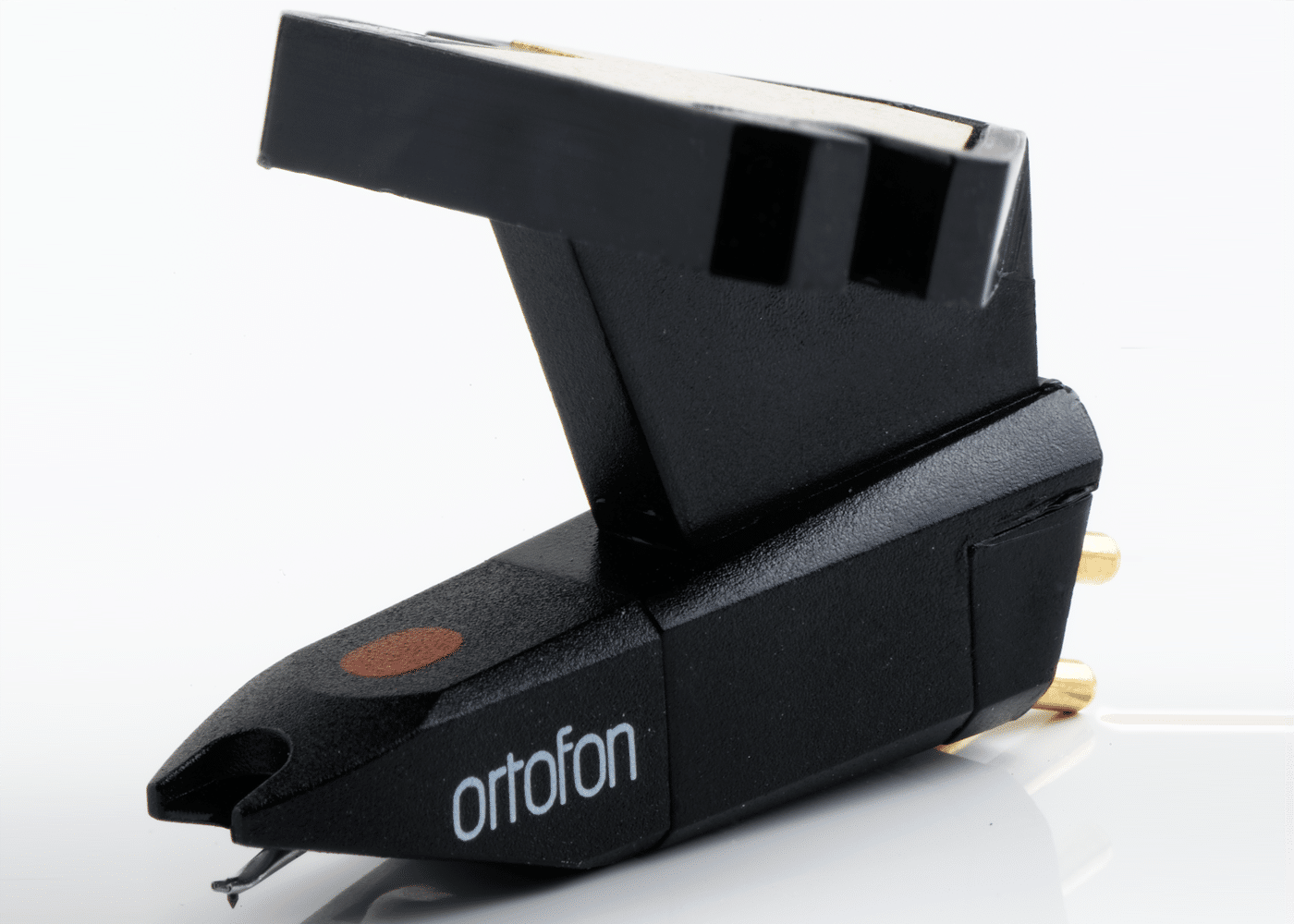
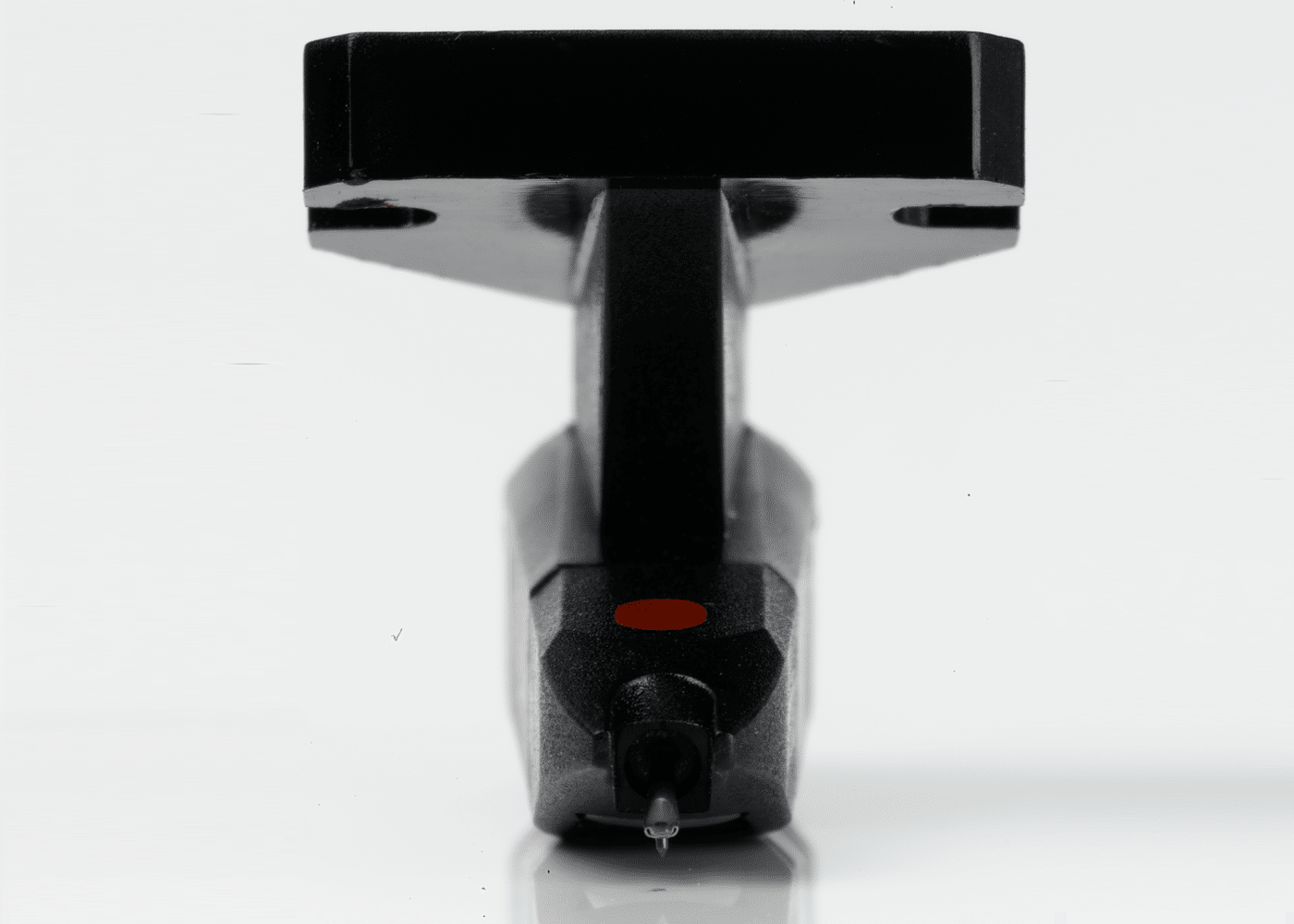
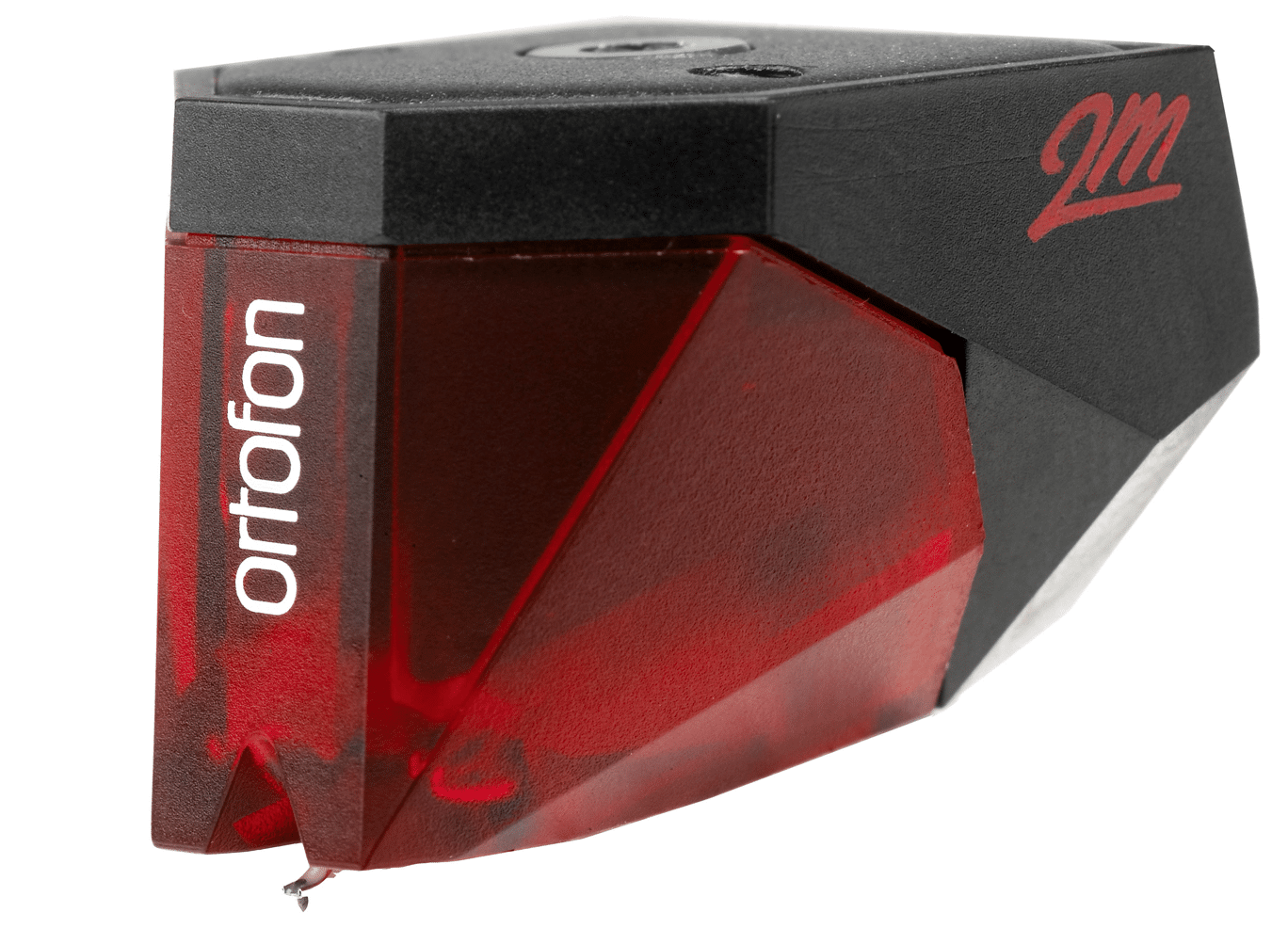
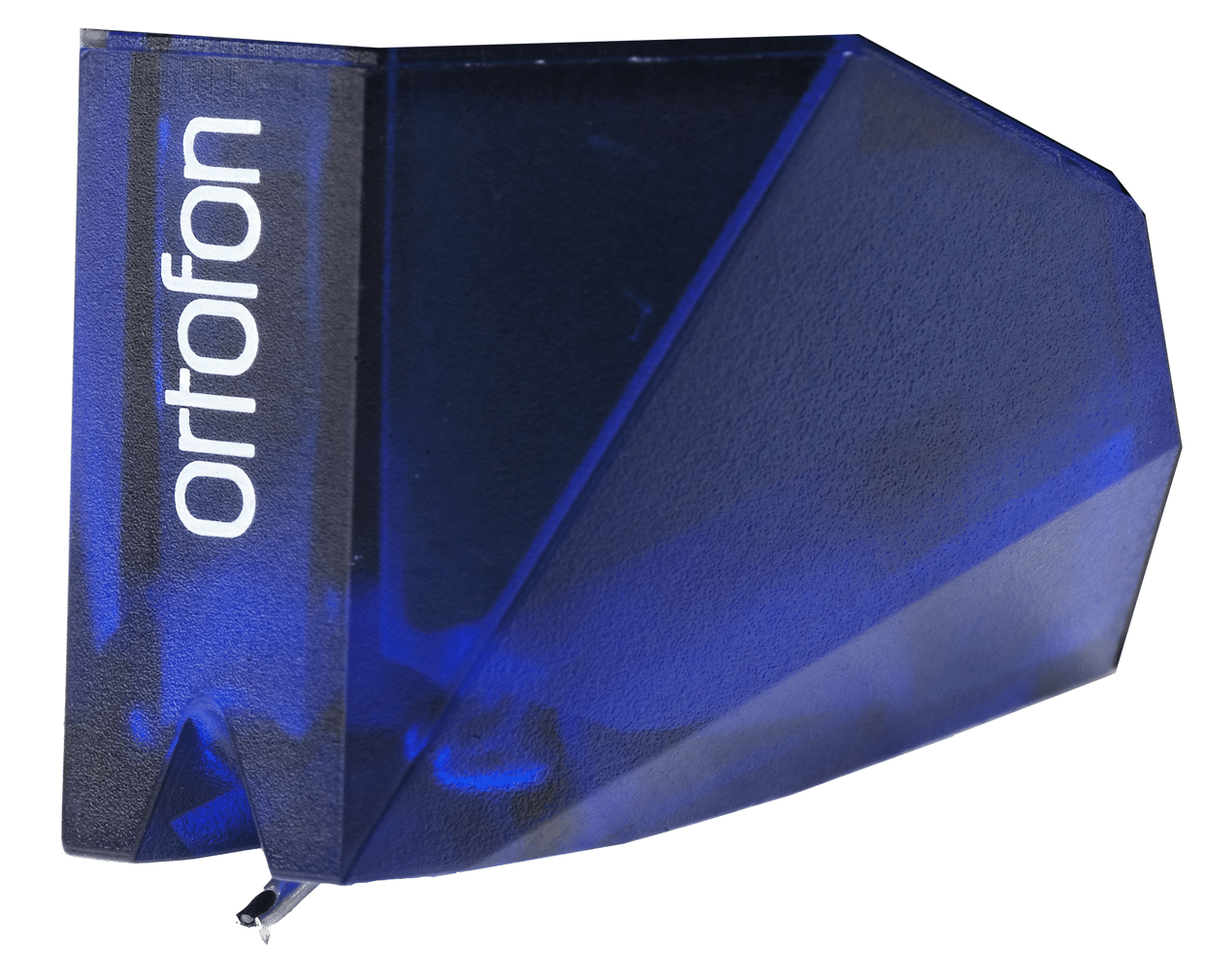
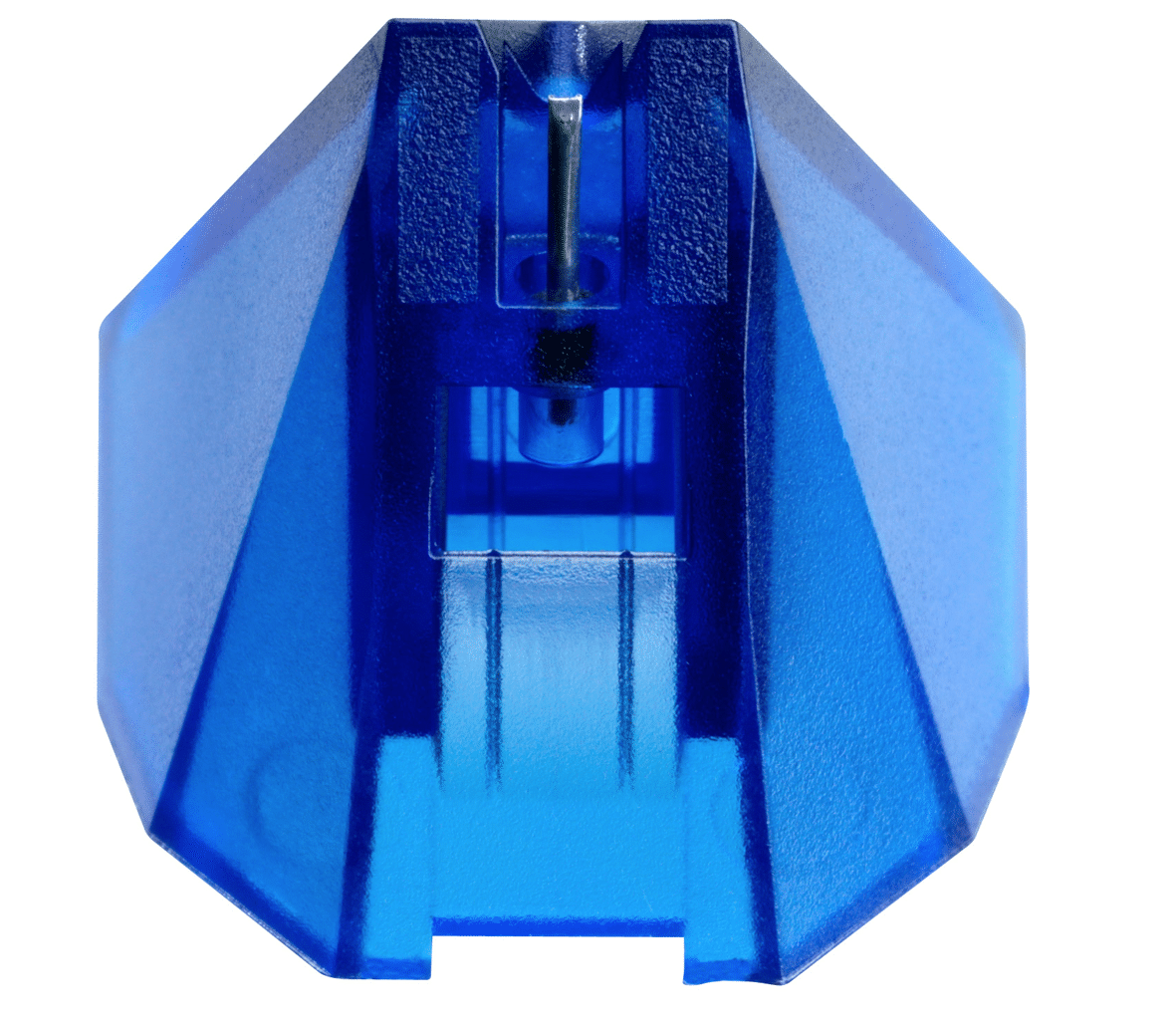



Although my other thought is to upgrade the tt. The graham slee is wasted with this one? Can be so much better, is it worth chucking money at a stylus and platter only to still feel it could be better.
Hi Neil – that’s the perennial issue I suppose. You can always do better. And yes, a better turntable will provide superior performance but that’s a conversation you need to have with your wallet 🙂
Ha ha for sure. Decisions decisions. Thank you very much for your help and advice. Look forward to reading more of your work as my journey continues.
Hi Paul, thanks for your advice previously. I ended up trading in the jukebox bundle and graham slee for a whole new system and couldn’t be happier. The step up in sound quality is amazing. I’m now loving a project audio x1 and quad vena 11 amp with quad s1 speakers and era-1 cans. I was a bit dubious about setting the down force but found it a breeze in the end. Anyway, thanks again.
Excellent! Thanks for the update, Neil and very happy to hear that, well, you’re very happy 🙂
Hi Paul,
Thanks for a great article on upgrading the Pro-Ject T1 turntable.
Have you any idea why when I played a record on my new (1 month old Pro-Ject with Ortofon 5E cartridge) the stylus doesn’t pick up any fluff. Putting the same record straight away onto my old (12 years ) Dual turntable with dual cartridge it picked up a whole load of fluff? Could it be that the new Ortofon 5E on the new turntable isn’t getting down into the grooves as well?
Is this a good or bad sign?
Have you heard of this before?
Maybe I have made a bad choice in changing to Pro-Ject?
Hi Nick – well, firstly, I reckon you need to clean your vinyl 🙂 Check out my feature on doing that manually here: https://theaudiophileman.com/vinyl-cleaning-guide-part-1-manual-cleaning/
Apart from that, I wouldn’t worry about the effect. It’s difficult to pin the reasons down at this distance because I’m not there and I wonder if other factors may be having an influence. I can think of a dozen reasons why it may be occurring but it comes down to this: as long as your T1 is set up correctly and is performing within established parameters and you’re happy with the sound, I would just enjoy your music.
But really, please address the dirty vinyl thing. That will improve sound quality all on its own.
Hi Paul,
Yes I will take your advice re cleaning my vinyl.
The T1 is set up correctly as stated by the factory, but I am not 100% happy with the sound, that is why I searched out your article re. upgrading the cartridge.
I still have my old Dual turntable and that may not be setup correctly as I have fiddled with the balance weight and have added a new stylus over time.
It appears to me , as a layman, that the new factory setup (T1) is not getting down into the grooves as well as the old (Dual) did,
Is that because of , weight, tracking, or abrasion of old stylus. Is the new stylus thinner and thus not catching the dust?
Maybe I should upgrade to the Ortofon 2M red as suggestion in your article. Just a little scared of the setup procedure.
Hi Nick – it’s quite possible that the cartridge has been incorrectly set up so time spent reinstalling it from scratch (no pun intended) may be the way forward. Try that first, before you think of upgrading.
Thanks Paul, will do.